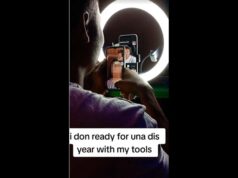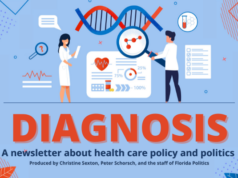
The first supermoon of 2018 is coming at you on New Year’s Day! Rob Smith (@robsmithonline) has all the details.
January skywatchers are in for a rare treat: a Blue Moon, a total lunar eclipse and a supermoon all in the same month.
A Blue Moon is when two full moons happen in the same calendar month; lunar eclipses occur when the moon passes into Earth’s shadow; and supermoons happen when the moon’s perigee — its closest approach to Earth in a single orbit — coincides with a full moon. In this case, the supermoon also happens to be the day of the lunar eclipse.
The first full moon of January will take place on the night of Jan. 1 or the morning of Jan. 2, depending on your location. The second full moon and the lunar eclipse will occur on the night of Jan. 31 or the morning of Feb. 1. And the supermoon will take place on the night of Jan. 30, which is technically one day before the moon reaches peak fullness, but even NASA is willing to call the event a supermoon nonetheless. [How to Photograph the Supermoon: NASA Pro Shares His Tips]
The first full moon of January will be on New Year’s Day. For viewers in New York, it will occur at 9:24 p.m. local time; in the U.K., observers will see it at 2:24 a.m. local time, and in Hawaii, it will be at 4:24 p.m. local time (so the moon will be a touch past full when it rises at 6:06 p.m.).












